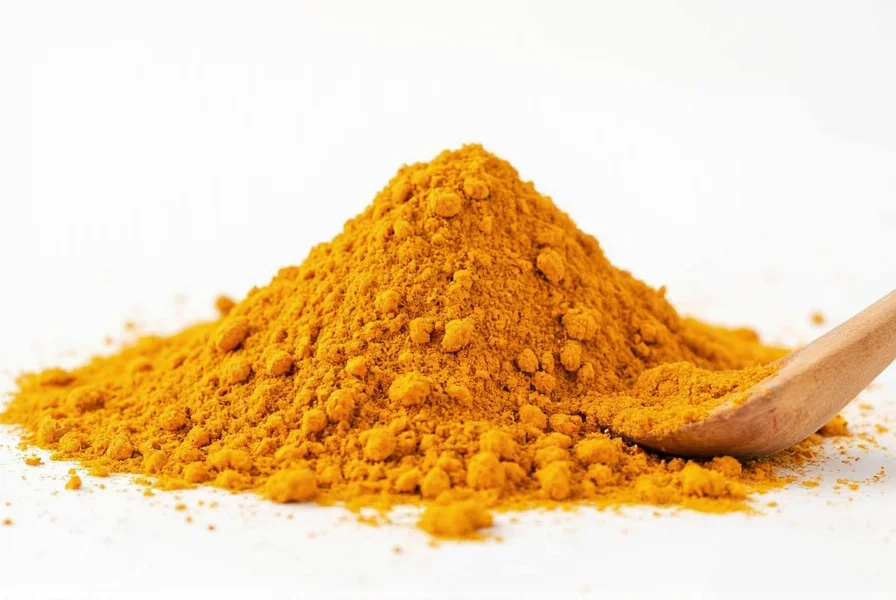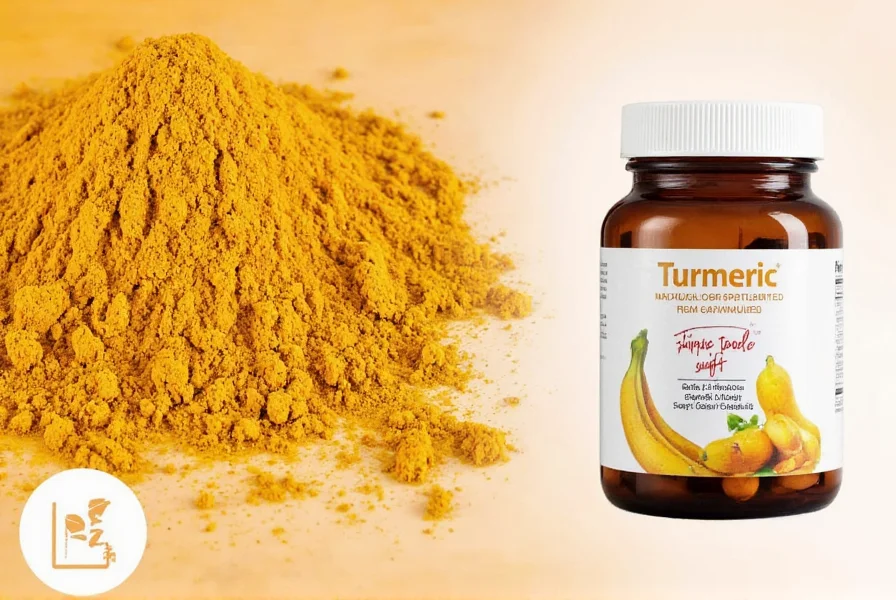Curcumin, the active compound in turmeric, has demonstrated significant anti-inflammatory properties in numerous clinical studies. However, not all turmeric supplements deliver the same benefits due to critical factors affecting absorption and efficacy. Understanding these factors is essential for selecting a supplement that actually works for inflammation management.
How Curcumin Combats Inflammation: The Science
Curcumin works through multiple pathways to reduce inflammation. Research published in the Journal of Medicinal Food shows it inhibits key inflammatory molecules like NF-kB, COX-2, and various cytokines. Unlike pharmaceutical anti-inflammatories that typically target a single pathway, curcumin's multi-target approach makes it particularly effective for chronic inflammatory conditions.
However, raw turmeric contains only about 3% curcumin by weight, and even standardized extracts face significant absorption challenges. A landmark study in Advances in Experimental Medicine and Biology found that without enhancement, curcumin has extremely poor bioavailability—less than 1% reaches the bloodstream. This explains why simply adding turmeric to food rarely provides therapeutic benefits for inflammation.
Critical Factors in Effective Turmeric Supplements
When evaluating the best turmeric supplement for inflammation, consider these evidence-based factors that determine real-world effectiveness:
| Factor | Why It Matters | Evidence-Based Recommendation |
|---|---|---|
| Curcumin Concentration | Raw turmeric contains only 3% curcumin; therapeutic effects require higher concentrations | Look for 95% standardized curcumin extract providing 500-1,000mg per serving |
| Bioavailability Enhancement | Curcumin is poorly absorbed without enhancement | Choose supplements with piperine (black pepper extract), phospholipids, or nanoparticle technology |
| Daily Dosage | Studies show dose-dependent effects for inflammation reduction | Effective range: 1,000-1,500mg of enhanced curcumin daily, divided doses |
| Third-Party Verification | Many supplements contain less curcumin than labeled | Select products with NSF, USP, or ConsumerLab verification |
Understanding Bioavailability: Why It's Crucial
The most common mistake consumers make when selecting turmeric supplements is overlooking bioavailability. A study in Planta Medica compared different formulations and found:
- Standard curcumin: 1x (baseline absorption)
- Curcumin with piperine: 20x increased absorption
- Phospholipid-bound curcumin: 29x increased absorption
- Micronized curcumin with turmeric oils: 185x increased absorption
For individuals seeking relief from joint inflammation or arthritis, this difference in absorption directly impacts therapeutic effectiveness. The best turmeric supplement for joint pain isn't necessarily the one with the highest curcumin content, but the one with the most effective delivery system.
Avoiding Common Supplement Pitfalls
Many turmeric supplements on the market fail to deliver promised benefits due to these issues:
Insufficient curcumin concentration: Products listing "turmeric root powder" as the primary ingredient typically contain inadequate curcumin levels. Look for "curcumin" or "curcuminoids" as the active ingredient with standardized percentage.
Misleading "proprietary blends": Some supplements hide exact curcumin amounts in blends. Reputable manufacturers clearly state the milligram amount of curcumin per serving.
Exaggerated health claims: No turmeric supplement can "cure" arthritis or replace prescribed medications. Be wary of products claiming to treat specific diseases beyond what clinical evidence supports.
Dosage Guidelines Based on Clinical Research
Research in Phytotherapy Research indicates optimal dosing for inflammation management:
- Mild inflammation: 500mg of enhanced curcumin daily
- Moderate joint pain: 1,000mg daily (500mg twice daily)
- Severe inflammatory conditions: 1,500mg daily (500mg three times daily)
Consistency matters—studies show curcumin's anti-inflammatory effects build over 4-8 weeks of regular use. The most effective curcumin for inflammation requires patience and consistent dosing.

Safety Considerations and Interactions
Turmeric supplements are generally safe but require caution in certain situations:
- May interact with blood thinners (consult doctor if taking anticoagulants)
- High doses may cause gastrointestinal discomfort in sensitive individuals
- Not recommended for those with gallbladder issues without medical supervision
- Pregnant women should consult healthcare providers before use
A comprehensive review in Food and Chemical Toxicology concluded that curcumin doses up to 8,000 mg daily show no significant toxicity, but therapeutic benefits for inflammation are typically achieved at much lower doses (500-1,500mg of enhanced curcumin).
Evaluating Research: Beyond Marketing Hype
When researching the best turmeric supplement for arthritis or general inflammation, distinguish between solid science and marketing claims:
- Look for human clinical trials, not just test-tube or animal studies
- Check if studies used the same formulation as the product you're considering
- Be skeptical of studies funded exclusively by supplement manufacturers
- Reputable products reference independent research, not just proprietary studies
The most scientifically proven turmeric for inflammation uses formulations validated in peer-reviewed research, not just traditional turmeric powder with minimal processing.











 浙公网安备
33010002000092号
浙公网安备
33010002000092号 浙B2-20120091-4
浙B2-20120091-4